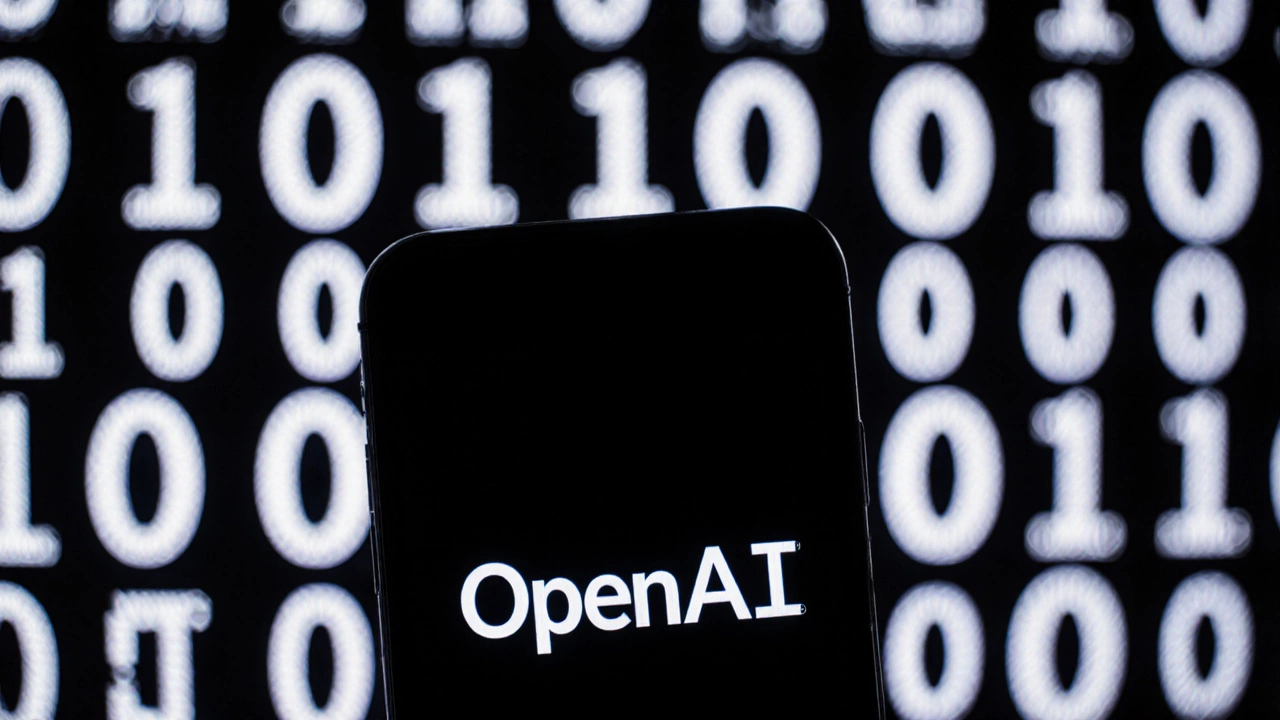MI300X – Unleashing GPU Power for Gaming, AI, and Crypto
When talking about MI300X, AMD's high‑end accelerator designed for massive parallel workloads, AI training, and ultra‑fast graphics rendering. Also known as AMD MI300X, it combines massive compute cores with next‑gen memory to tackle the toughest tasks. This chip sits at the heart of modern data centers, high‑performance gaming rigs, and even hobbyist crypto rigs.
Why the MI300X Matters Across Different Worlds
The GPU, graphics processing unit that handles parallel calculations for visual and compute workloads is the engine behind the MI300X. In AI acceleration, the GPU provides the raw horsepower to train massive language models in days instead of weeks. AI acceleration, the process of speeding up machine‑learning tasks using specialized hardware relies on thousands of compute cores delivering tera‑flops of performance. Without a powerful GPU, AI researchers would hit bottlenecks that slow innovation.
For e‑sports fans, the leap in GPU capability translates to smoother frame rates and lower latency. Competitive gamers in South Korea, where e‑sports is practically a national pastime, already feel the impact of faster graphics cards on their performance. The MI300X pushes frame rates beyond 240 fps in the latest titles, giving pro players the edge they need in split‑second moments.
Streaming platforms also benefit. When you watch a live match on a mobile app or tune into a tournament on a streaming service, the video is often real‑time encoded using GPU‑accelerated codecs. The MI300X reduces encoding lag, meaning viewers get clearer pictures with fewer interruptions. This ties directly back to the growing demand for free streaming options highlighted in recent discussions about watching NFL games without cable.
Crypto enthusiasts aren’t left out either. The same parallel processing that fuels AI can also hash cryptocurrency algorithms. While the SEC settlement with Gemini showed the regulatory side of crypto, the hardware side continues to evolve. The MI300X’s architecture makes it efficient for mining certain coins, delivering higher hash rates per watt compared to older cards. This efficiency can lower operational costs for miners and reduce the environmental footprint.
Each of these areas—AI acceleration, e‑sports performance, streaming video, and crypto mining—forms a semantic triple with the MI300X at the center:
- MI300X encompasses AI acceleration.
- AI acceleration requires a powerful GPU.
- Powerful GPU influences e‑sports performance.
- E‑sports performance enhances streaming demand.
- Streaming demand drives cryptocurrency mining hardware innovation.
Looking at the broader picture, the MI300X also supports high‑performance computing (HPC) workloads like weather forecasting, molecular simulations, and real‑time analytics. Researchers using the chip can run massive simulations that would otherwise need a small cluster of servers. This efficiency mirrors the way sports teams analyze performance data to gain a competitive edge—a theme that appears in many of our recent posts about game tactics and player health.
So whether you’re a gamer chasing that flawless 60 fps experience, a data scientist training the next breakthrough model, a streamer delivering ultra‑low‑latency video, or a miner seeking better ROI, the MI300X offers a common platform. Below you’ll find a curated set of articles that dive deeper into each of these worlds, from e‑sports culture in South Korea to the latest crypto settlement news. Explore how this single piece of silicon is reshaping the tech landscape and what that means for you.
OpenAI Picks AMD’s MI300X Chips in $4.9B Deal, Shaking Nvidia
OpenAI signs a $4.9 billion multi‑year chip deal with AMD, boosting AMD shares and challenging Nvidia’s AI‑hardware dominance.
Read More
